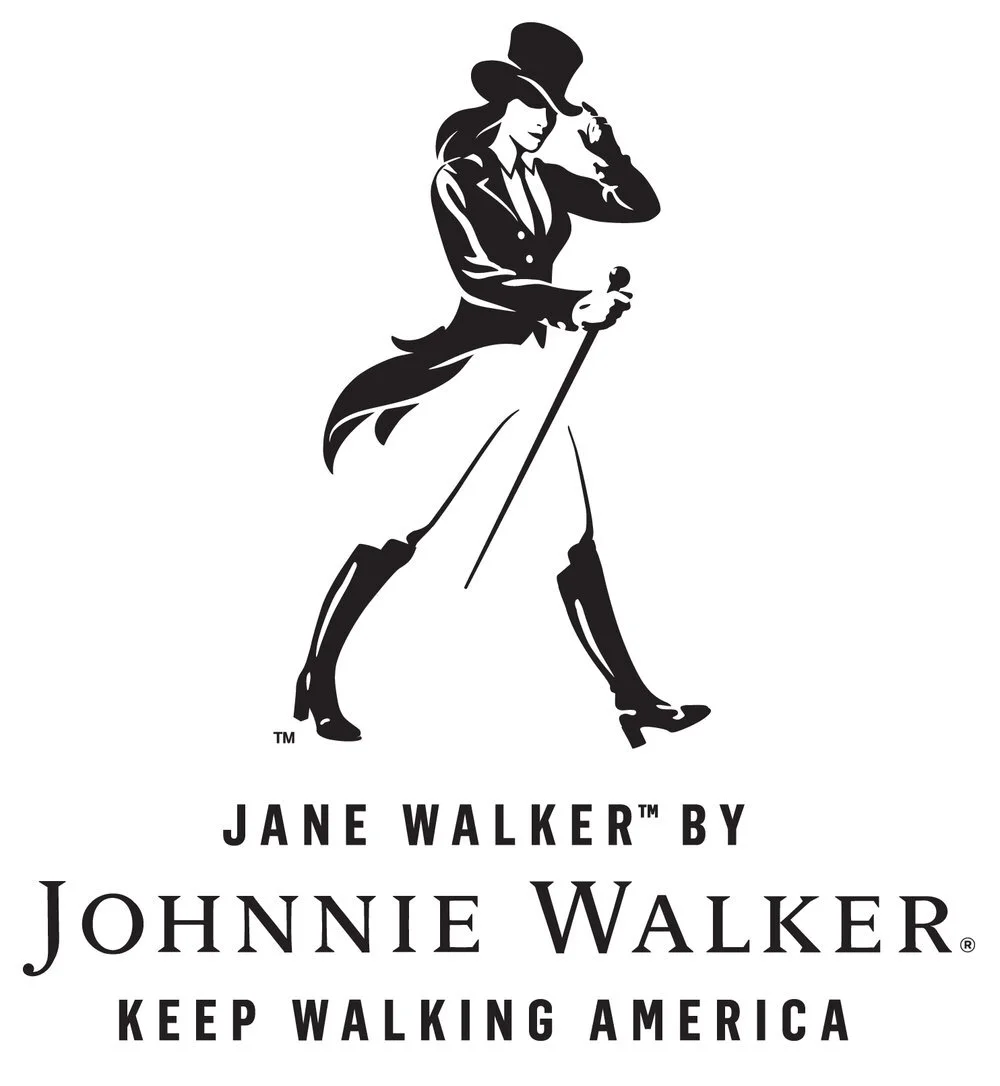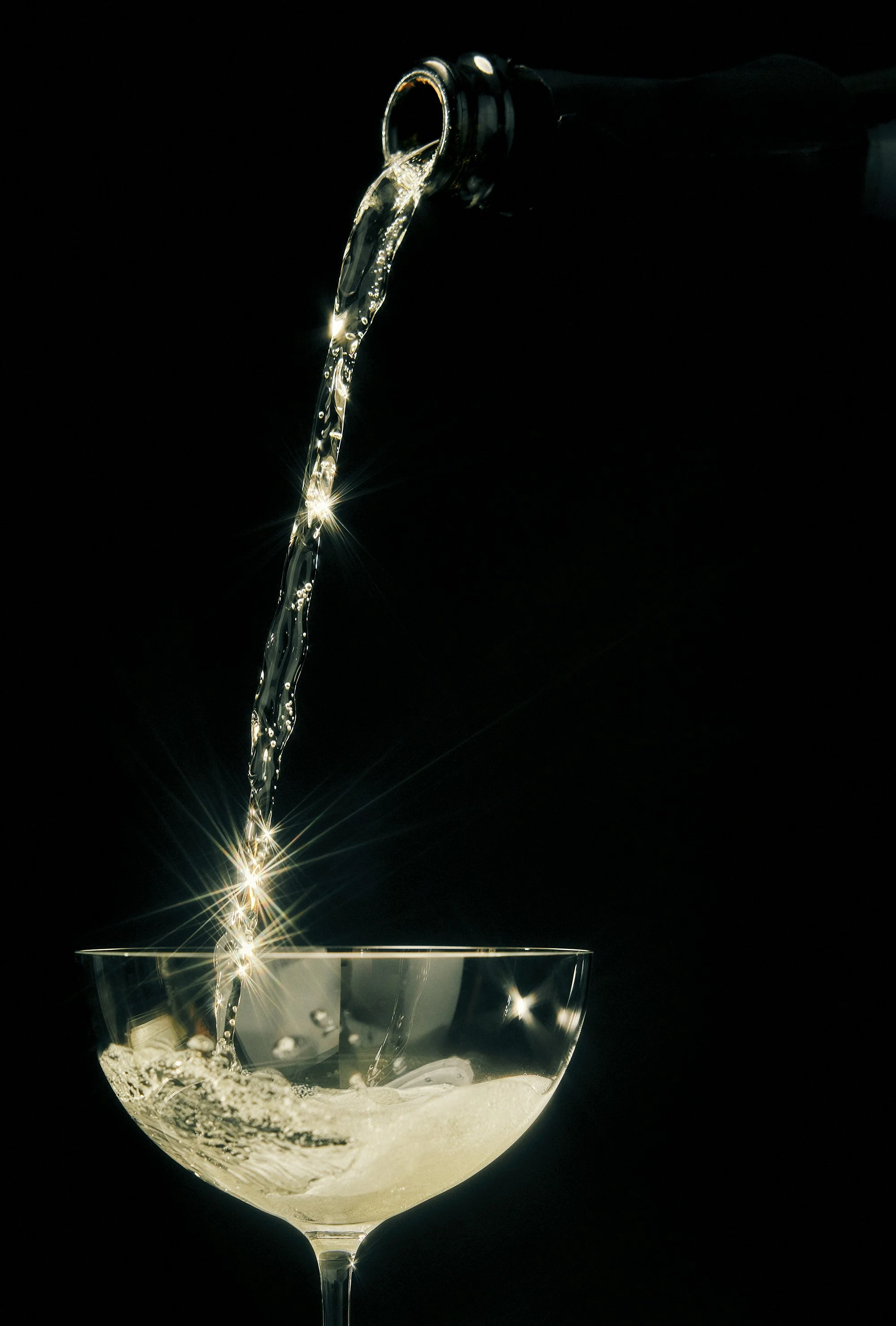It’s Not a Whiskey for Women. Johnnie Walker’s Female VP Explains ‘Jane Walker'
Feb. 27, 2018: Originally published in Elle.com.
Call her Jane Walker.
For the first time its nearly 200-year history, Scotch brand Johnnie Walker is introducing a female version of their famed Striding Man logo.
In this post-Lady Doritos-world, the move was unsurprisingly met with backlash on social media.
“The radio just told me that Johnnie Walker is making a Jane Walker so ladies can drink whisky,” Twitter user Penny wrote. “Pass the quiet Doritos, please.”
“A glass of #JaneWalker goes perfectly with my bowl of #LadyDoritos,” Twitter user Robin Kim added.
“#JaneWalker? I don’t see this as a symbol of gender equality; all I see is a marketing strategy to increase sales,” added Twitter user Diana Pardo.
Twitter users quickly linked the new icon to failed marketing attempts to women, including the Brawny paper towel woman, and the so-called “Lady Doritos”—a product that never launched but took heat on the Internet as a wrongheaded gender-specific ploy. (PepsiCo, maker of Doritos, discounted any rumors of “Lady Doritos.”)
But Johnnie Walker vice president Stephanie Jacoby, who worked on the Jane Walker campaign, insists there has been some misunderstanding.
The Jane Edition isn’t a special blend for women, Jacoby says. It’s just an updated look to the existing best-selling Black Label blend.
“This wasn’t about making a whisky for women,” Jacoby says. “We would never make anything that’s ‘for women’s palates.’ Taste buds have no gender.”
The bottle, a 250,000 limited-edition run of Black Label is timed to debut in March for Women’s History Month. The move is aimed at spotlighting women’s achievements, past and present, at Johnnie Walker and beyond.
For example, women have been crucial to the Walker brand since its start, when Elizabeth Cumming, who owned the Cardhu distillery in Speyside, Scotland, sold her company to John Walker. “Now it’s the most important malt at the heart of the Johnnie Walker blend,” Jacoby says. She notes that John Walker’s wife, Elizabeth, is considered “fundamental” in the creation of the brand’s blended whisky.
More recently, five of the 12 members on Walker’s current blending team are women. And in April, Diageo’s board is close to achieving gender parity: 40% of the executive team will be female.
According to Diageo, which owns Johnnie Walker, the move is meant to draw attention to gender disparity. The press release announcing Jane’s debut notes that only 2% of the National Park Service’s 152 monuments feature historical female figures. In a bid to bring attention to more female icons, Johnnie Walker will be donating $1 from bottle sales, up to $250,000 to women’s rights organizations. Additionally, the company is donating $150,000 to the Elizabeth Cady Stanton and Susan B. Anthony Statue Fund, which is lobbying for a suffragette monument in Central Park.
Scotch is big business in the U.S. In 2017, Scotch sales generated over $2.1 billion in revenues for distillers, according the Distilled Spirits Council of America. In 2017, Scotch exports set a new record last year, selling over 1.2 billion bottles overseas, according to the Scotch Whisky Association.
Even so, the category has traditionally been viewed as masculine, although the rising numbers of female drinkers are changing that.
“Historically, [whisky] was a category built on old codes of status, but very masculine. Very exclusive,” Jacoby says. “The thing that’s exciting is that the new codes of status that are driving culture are all about inclusivity and gender parity and inviting people in.”
So while there may be some justification in the cries of stunt feminism, the brand is at least making an effort to walk the walk: donations are being made, the executive board is nearing parity, and a customer that's always been there, is being acknowledged.





